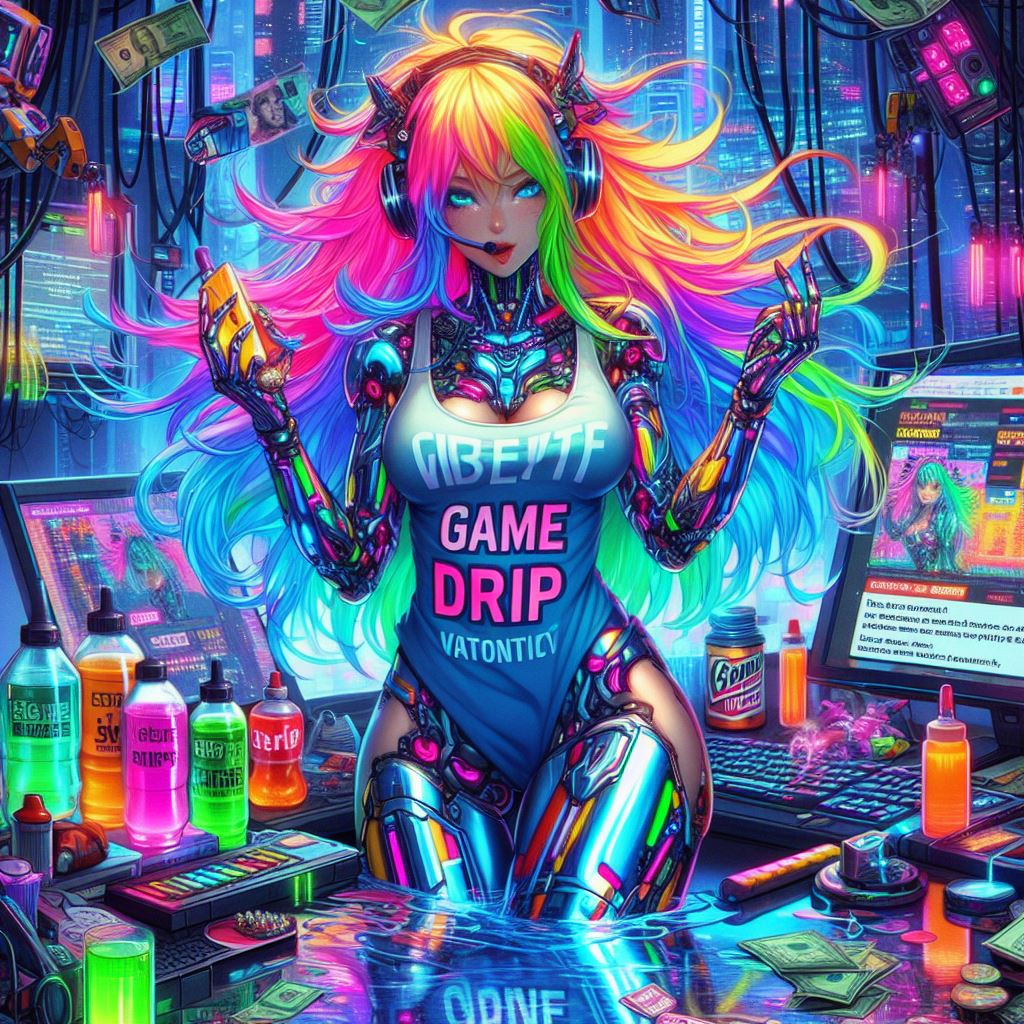As featured on New Minecraft Servers
#Smaa.freeddns.org
Crossplay compatible:Java users: 104.192.227.5:25607

Bedrock users: 104.192.227.5:25608
Embark on a thrilling survival journey, where you’ll face challenging environments, gather resources, build magnificent structures, and conquer menacing mobs. Whether you prefer exploring vast landscapes, delving into treacherous caves, or constructing your dream base, our survival gamemode guarantees an authentic and rewarding experience.
For those seeking boundless creativity, our creative mode provides an artistic haven where your imagination knows no limits. Craft stunning masterpieces, construct awe-inspiring cities, or design intricate redstone contraptions. Unleash your creativity and watch your visions come to life!
If PvP is your passion, engage in adrenaline-pumping battles on our dedicated PvP arenas. Test your skills against fellow warriors, strategize your attacks, and emerge victorious. The thrill of combat awaits, where only the strongest survive!
But the excitement doesn’t end there. Our server boasts an array of captivating minigames, offering a delightful diversion from the main gameplay. Challenge your friends to intense parkour races, exhilarating spleef matches, or tactical capture the flag battles. The possibilities for fun and friendly competition are endless.

We pride ourselves on staying up-to-date with the latest Minecraft version, currently running Java 1.19.4, ensuring you can enjoy all the newest features and enhancements. Our server utilizes the powerful purpurMC software, providing a seamless and optimized experience for all players.
To safeguard your creations and prevent griefing, we employ the reliable GriefPrevention plugin. Your hard work will be protected, allowing you to focus on what you love most: building, surviving, and thriving.
While we cherish the core Minecraft experience, we’ve enhanced it with our Vanilla+ touch. Immerse yourself in a carefully curated selection of plugins and modifications that enhance gameplay, add exciting new features, and enrich your overall adventure.
Do you dream of joining a dedicated staff team? We’re actively seeking passionate individuals to join our ranks. If you’re enthusiastic about creating an exceptional community and providing top-notch support to our players, we invite you to apply today!
As a token of our gratitude, we offer a comprehensive rank system, rewarding your dedication and progress on the server. Unlock exclusive perks, gain access to special commands, and stand out among your peers. Your achievements will be celebrated and recognized.

We value our players’ voices, which is why we encourage voting for the server. By casting your vote, you not only contribute to our community’s growth but also unlock fantastic rewards and bonuses. Your participation matters!
Join SuperSid & MAKROFREEK’s Minecraft Server today and embark on an extraordinary journey filled with adventure, creativity, fierce battles, and unforgettable memories. Our dedicated team of staff members is eager to welcome you to our thriving community. Get ready to experience Minecraft like never before!



















![”SCP Foundation RP [1.20.4, No mods]”](https://game-drip.com/wp-content/uploads/2024/04/gamedrip-news-popular-1682.jpg)

